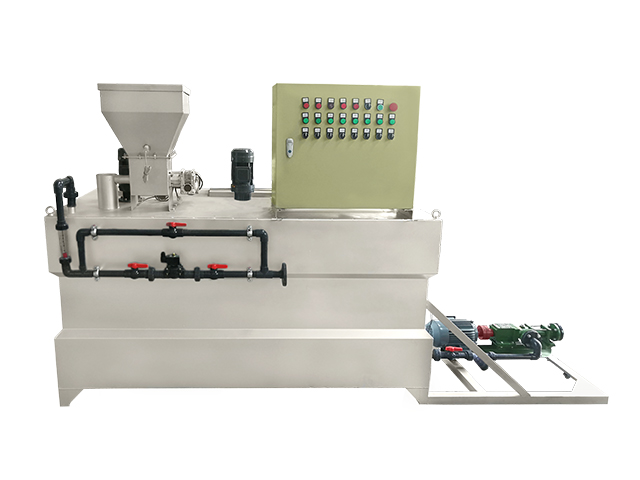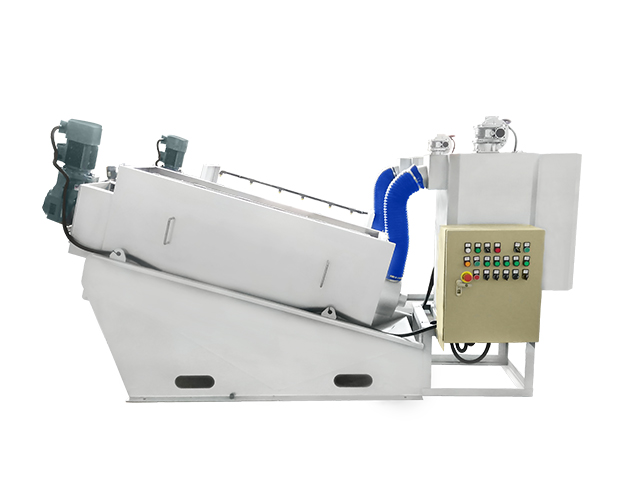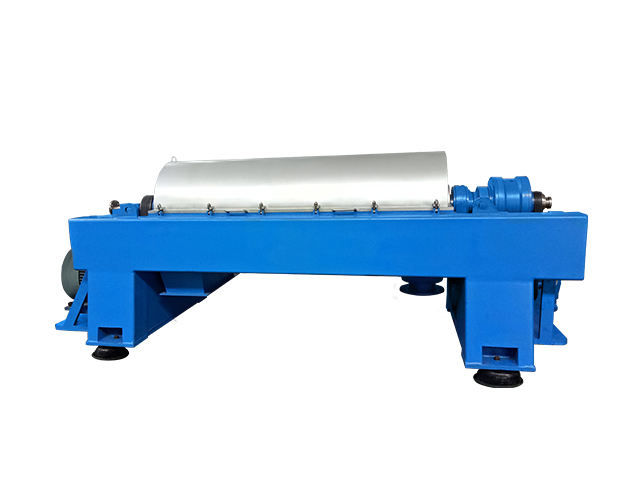
Drinking water dilemma grows in India
Industry News
There have been some shocking news in India recently. According to the Indian news network NDTV, by 2020, drinking water in 21 cities will be exhausted. These cities, including the capital, New Delhi, have a population of over NZ$1 million. In fact, one city on the list is short of water. Nai is the capital of Tamil Nadu, with a population of 46,000 and is currently in an unprecedented mid-term crisis.

There are several factors that have led to the terrible situation in the region today.
First, monsoon rains, usually filled with reservoirs, have not been realized for several years. Even if they have arrived, the monsoon will shorten and last longer, causing more valuable precipitation to escape in uncontrolled runoff.
Second, the late monsoon means that the last dry heat season lasts longer than usual. For example, the average temperature in Chennai in June was 37 degrees Celsius. Earlier this month, the city had a temperature of more than 41 degrees Celsius in a few days. On June 10, 43 degrees Celsius was the worst record in history. In addition, the growth of the country's population and the growing demand for irrigation water in agriculture have led to a gradual decline in groundwater supplies.
The state and national governments are taking steps to address this issue. In the short term, large-scale water distribution and water distribution planning is underway. According to Tamil Nadu’s Minister of Fisheries, D. Jayakumar, 400 tankers are traveling 9000 miles from remote areas to distribute water around the city.
In order to solve the long-term spread of this problem, the state established the Ministry of Water and Electricity. Its mission is to develop and implement water conservation and management practices throughout India to mitigate and minimize further water loss. They will certainly use their work as a report to the National Transitional India Agency (Niti Aayog), which predicts that by 2030, 40% of India's population will have no access to drinking water.


